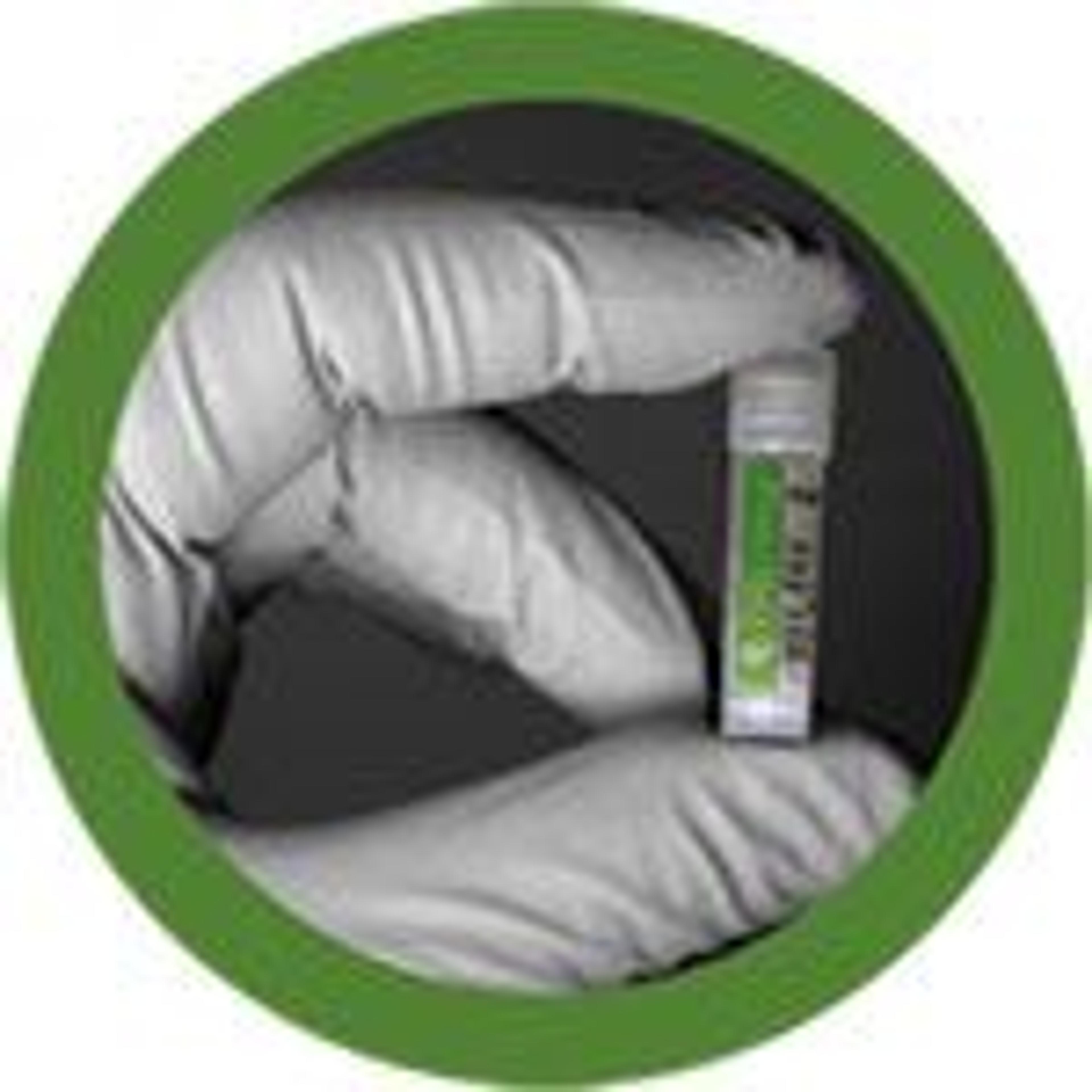Cellular Dynamics and Northwestern University Take First Steps Toward Rebuilding an Organ Using Manufactured Human Cells
19 Nov 2014
Cellular Dynamics International has announced the publication(1) of a study in the American Journal of Transplantation describing a key first step in ultimately rebuilding and eventually transplanting organs: recreating a portion of the blood supply infrastructure. Jason Wertheim, M.D., Ph.D., Assistant Professor of Surgery-Organ Transplantation at Northwestern University Feinberg School of Medicine, used CDI’s iCell® Endothelial Cells to coat the blood supply system of a kidney scaffold, which is crucial for circulation and nutrient distribution throughout the tissue of any organ. This is a key first step in repairing or regenerating organs for transplant.
Key points:
• Over 120,000 people are currently waiting for an organ transplant, and another person is added to the waiting list every 10 minutes. The number of transplants performed annually falls short of this need by 75%.(2)
• Patients with end-stage kidney disease account for almost 7% of Medicare costs in the U.S.--costing close to $35 billion annually—but less than 1% of Medicare patients.(3)
• Not only is there a shortage of available organs, but often the organs available are not suitable for transplant. Research suggests that these organs can be rehabilitated by replacing the cellular components of the organ with healthy human cells while maintaining the 3D structure of the organ.
• Human cells differentiated from induced pluripotent stem cells (iPSCs) offer a potential solution to the lack of a readily available source of human cells for use in tissue engineering and cell therapy.
• CDI’s technology allows iPSCs to be developed for anyone from a standard doctor’s office blood draw and differentiated into potentially any cell in the body at the quality, quantity and purity necessary for a regenerative therapy.
• The published study describes the recellularization of a rat kidney vasculature extracellular matrix using iCell Endothelial Cells derived from human iPSCs.
• The first step in the study optimized the process of removing cells from the rat kidney, leaving a 3D scaffold of the organ’s structure. Next, the authors infused the scaffold with human renal cells to form tubule-like structures, and human iCell Endothelial Cells to coat the blood vessels lining the kidney.
• The authors found that the method of cell removal was important to maintaining key proteins used by the blood vessel matrix. They fluorescently labeled the endothelial cells and saw that indeed the infused cells were incorporated into the blood vessel matrix throughout the kidney scaffold.
• This research demonstrates the potential to generate the vasculature of a complex 3D organ, a key first step in supplying the tissue with required nutrients.
• Given that CDI’s technology allows patient-specific cells to be developed potentially into any cell in the body, this work holds promise for the future bioengineering of other complex organ tissues and for reducing the chance of rejection, a key concern in any transplant.
Quotes:
Bob Palay, chief executive officer of CDI, said, “Over 120,000 people are waiting for organ transplants. Unfortunately many are not able to receive lifesaving organs in time. We are delighted to have manufactured the iCell Endothelial Cells that Dr. Wertheim used in this breakthrough study. He was able to use CDI’s manufactured human endothelial cells to demonstrate the first step toward rebuilding the blood supply system of a kidney. His work is important in uncovering how manufactured human cells can be utilized to repair and regenerate damaged organs. We look forward to continuing to work with Dr. Wertheim’s and other investigators’ laboratories as they push forward their efforts to repair and regenerate organs.”
Dr. Wertheim said, “Our study establishes an effective method to generate a kidney scaffold that contains important proteins that may direct cell growth in three-dimensions and is a first step toward developing the vasculature of a replacement organ. We show that this scaffold supports cell growth and proliferation, to generate structures reminiscent of tubules and blood vessel-like structures lined by cells made by induced pluripotent stem cell technology.” Dr. Wertheim does not hold any financial conflict of interest with CDI or the content of this press release.
1American Journal of Transplantation, http://onlinelibrary.wiley.com/doi/10.1111/ajt.12999/abstract
2US Dept of Health & Human Services, http://optn.transplant.hrsa.gov/learn/about-transplantation/how-organ-allocation-works/
3American Society of Nephrology, https://www.asn-online.org/policy/fact-sheets.aspx

